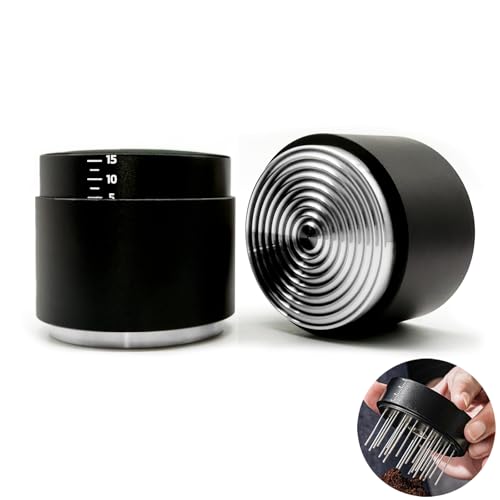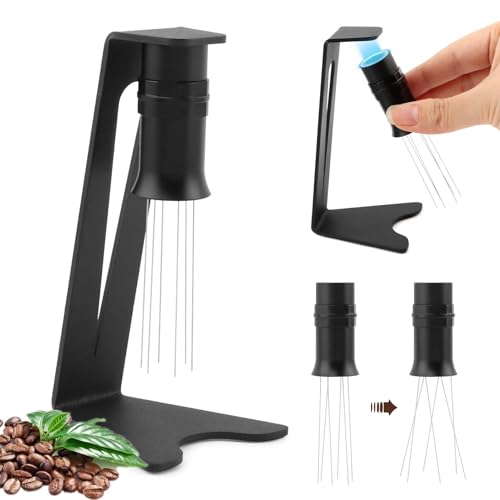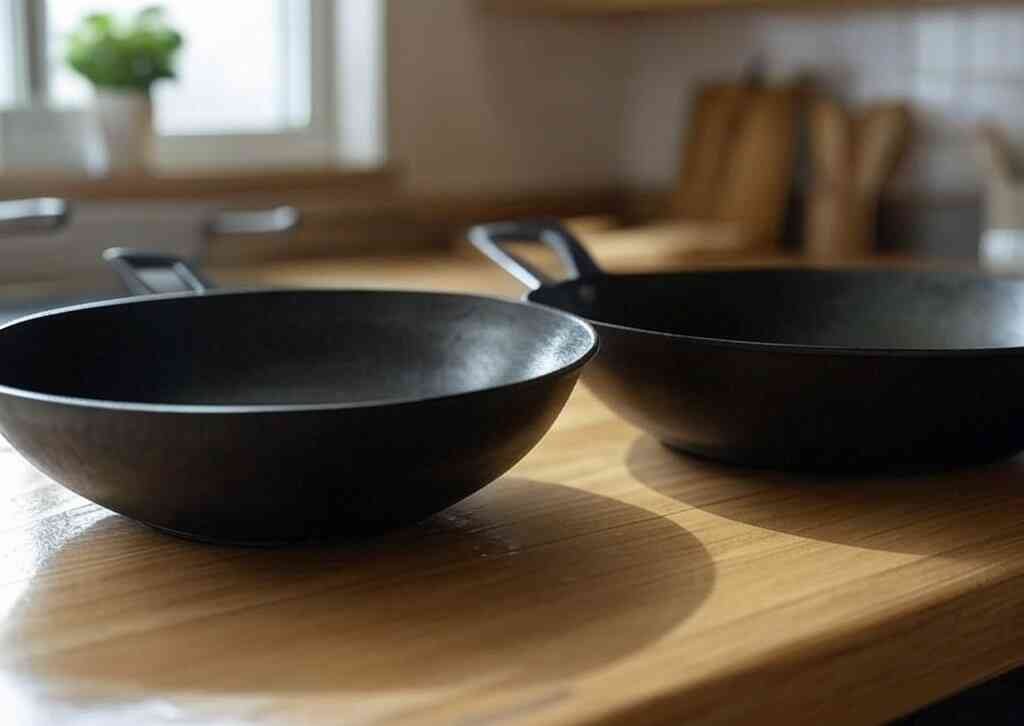Making excellent espresso isn’t just about grind size and tamping pressure. One of the lesser-known but highly effective tools in a home barista’s kit is the WDT Tool. Short for Weiss Distribution Technique, this tool can dramatically improve your espresso consistency by solving a problem you might not even know you had: uneven coffee distribution.
What Is the WDT Tool?
A WDT Tool is a simple device made of thin needles (often acupuncture or stainless steel) attached to a handle. It’s used to stir and distribute ground coffee in the portafilter before tamping. This breaks up clumps and ensures an even density across the entire bed of coffee.
Why Does Coffee Distribution Matter?
When coffee grounds are unevenly distributed, water channels through the path of least resistance during extraction—this is called channeling. Channeling leads to:
- Under-extracted areas (sour, weak flavors)
- Over-extracted spots (bitter, dry taste)
- Inconsistent shots from one pull to the next
The WDT tool solves this by fluffing and evenly redistributing grounds before you tamp. The result? Better saturation, even extraction, and sweeter, more balanced espresso.
Benefits of Using a WDT Tool
- ✅ Reduces clumping in fine espresso grinds
- ✅ Promotes even extraction and better crema
- ✅ Improves consistency across multiple shots
- ✅ Minimizes channeling and wasted coffee
- ✅ Increases the success rate of espresso dialing-in
Even beginner home baristas can notice a difference from the very first use.
How to Use a WDT Tool (Step-by-Step)
- Grind your coffee into the portafilter.
- Use the WDT tool to gently stir the grounds. Move in circular or up-and-down patterns.
- Level the surface by tapping or using a distribution tool.
- Tamp evenly and brew.
Pro Tip: Keep the needles clean to avoid coffee residue buildup.
Choosing the Right WDT Tool
When selecting a WDT tool, consider:
- Needle Thickness: Thinner needles (0.3–0.4mm) reduce clumping more effectively.
- Needle Flexibility: Slight flexibility helps stir without compacting grounds.
- Ergonomic Handle: Comfort matters during daily use.
- Replaceable Parts: Some models allow needle replacement for long-term use.
There are also DIY options, but for consistent quality and ease of use, professionally designed tools are recommended—many of which are affiliate-friendly and affordable.
If you’re serious about improving your shots
The WDT tool might look like a quirky little gadget, but its impact on espresso quality is real. It addresses a silent culprit in bad shots uneven distribution and empowers home brewers to make café-quality espresso at home. If you’re serious about improving your shots, this is a small but mighty upgrade you shouldn’t skip.














[…] read more: What Is a WDT Tool and Why Every Espresso Enthusiast Needs One […]
[…] are essential. One small but powerful tool that helps home baristas in this pursuit is the WDT tool, short for Weiss Distribution Technique tool. It might look like a simple needle device, but it has […]